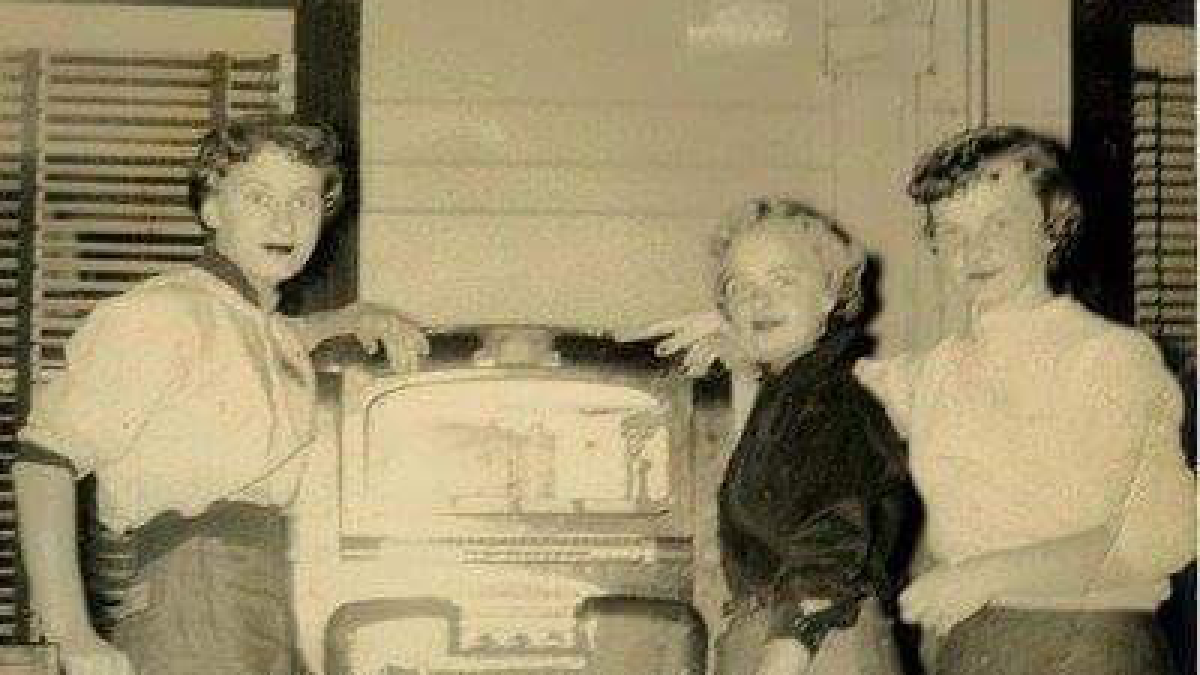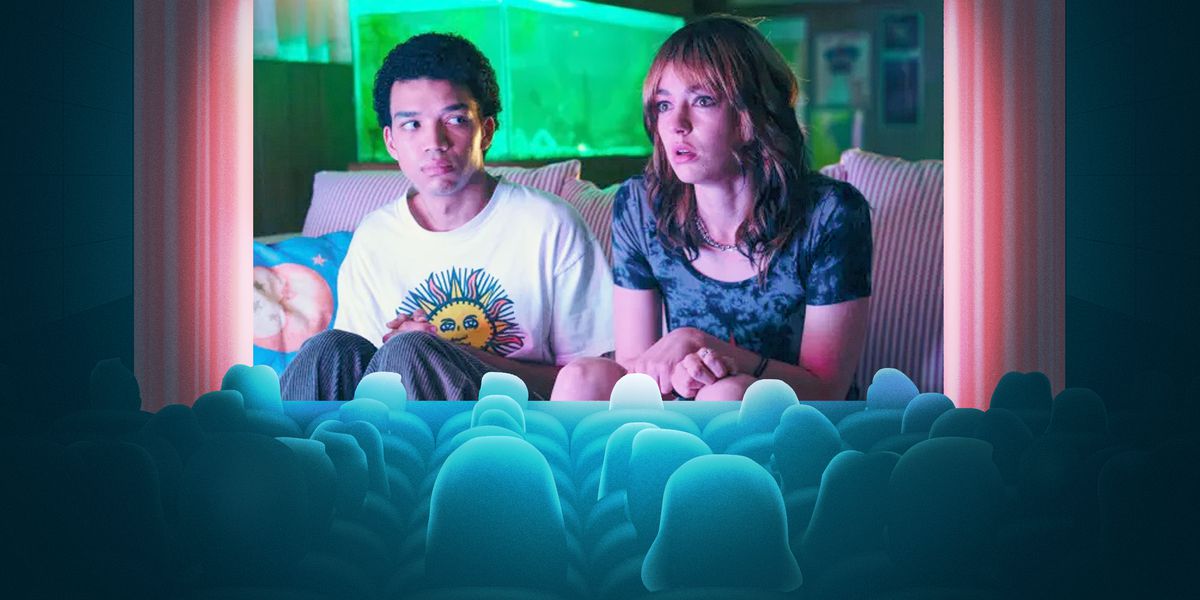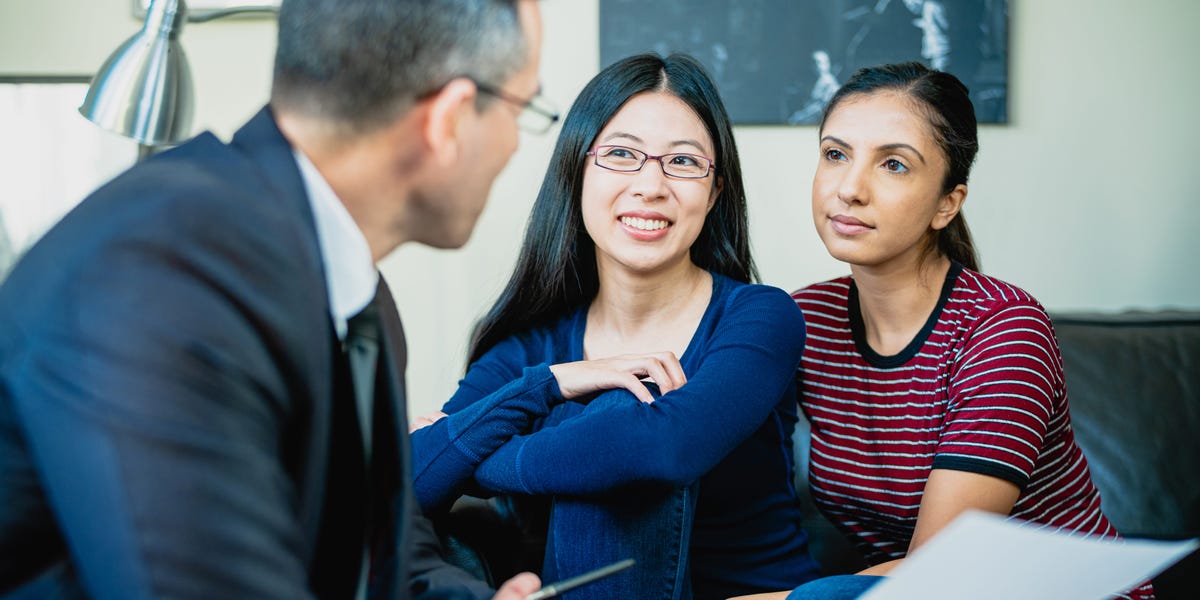
It’s Lesbian Visibility Week, which aims to celebrate lesbians and show solidarity with all women and non-binary people within the LGBTQ community. While it is marked nationally, one Wisconsin organization wanted to do more to celebrate locally.
The ’s mission is to reconnect Wisconsinites with our hidden queer history with a focus on education. To celebrate Lesbian Visibility Week, they’ve created a free lesbian history exhibit and is hosting other local events. Wisconsin LGBTQ History Project Board member Nicole Kurth talks about a few key historical figures and places:
Annie Hindle
“So, Annie Hindle was actually the first internationally famous drag queen who happened to come to the Milwaukee Dime Museum in November of 1884. And when Annie made their appearance in the city, the local newspapers didn’t really know what to make of her,” Kurth explains. “She was reported as an ill-mannered, male impersonator who happened to marry not only two women but a man in three separate church weddings. So they decided that she was probably a man deceiving audiences all along. She wasn’t, but that’s how they were reporting it back then.”
St. Charles Hotel
In 1928, the St. Charles Hotel became the first known, mentioned lesbian hangout in Milwaukee. It was located across from Milwaukee City Hall. “[The St. Charles Hotel] actually was raided by the FBI,” says Kurth. “The Saint Charles was so decadent that it was padlocked for an entire year by prohibition agents — so it was pretty scandalous.”
“Nite Beat originally opened in 1959, and it was opened by a heterosexual couple named Stan and Carrie, and they deliberately opened a lesbian bar and it became the hottest spot to be for the next 13 years,” says Kurth. “It was definitely a butch bar. So there was roles of ‘butch’ and femme’ at this time because it was 65 years ago and … you had to make a choice, you were either in the butch camp or the femme camp. [The bar] later moved to 2nd & Pittsburg and it became an anchor point in the gay village by the end of the 60s.”
Sharon Dixon
“Sharon Dixon actually was known to work at two bars. Those spaces inspired her to open up her own bar, which was an open space for women owned by women. And that’s important to note because a lot of these bars back then were owned by straight couples, but they exploited the gay community because the gay dollars weren’t going back into the community. So, she wanted to change that,” notes Kurth. “She opened up a bar with her partner, Joanne, and the [Sugar Shack] became very well-known around the Midwest. People would travel here because they found out it was owned by the community, and they wanted to contribute to supporting the bar.”
“Eventually [Sharon] split up with her partner and ended up opening a new bar … called Kathy’s Nut Hut and it operated from 1980 to 2014. For years it threw something called ‘Fannie’s Fest,’ which was a longtime lesbian institution, and it was a grassroots street fair. They helped raise money for the AIDS crisis,” adds Kurth.
The Wisconsin LGBTQ History Project will also be hosting an old fashioned on Saturday, April 27. There is also a list of reccomended films & webinars, plus a lesbian history exhibit at the City Hall Rotunda. Kurth recommends looking at the online.
“Please note that we might be coming to a Pride festival near you this summer. In commemoration of our 30th anniversary this June, we’ll be traveling around Wisconsin on our summer “Be Seen” tour. So, look for us at our pop-up history exhibits. We’d love to talk to you [and] hear your stories,” says Kurth. “And if you have any recommendations of folks that you would like us to interview, or even if you want us to interview you, let us know because we love discovering new history and hearing your stories.”



